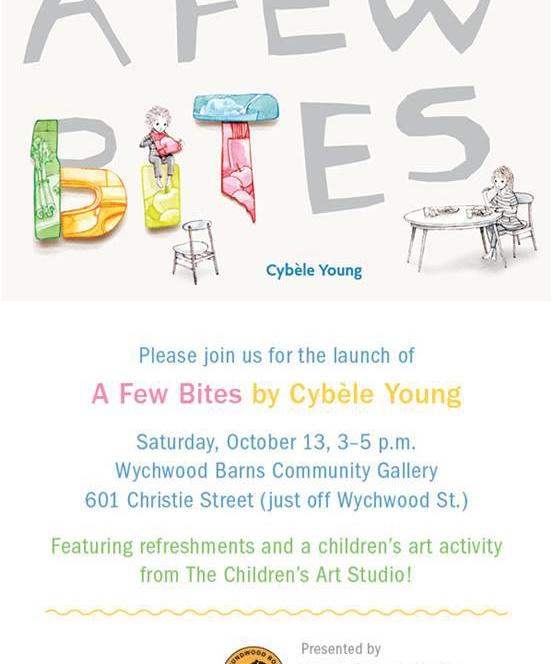At the Children’s Art Studio Inc., we view drawing and painting classes as a foundation for all other creative activities such as painting, printmaking, and sculpture and, therefore, place great emphasis on teaching this practice. Our studio focuses on allowing your child to build a strong foundation in drawing and translate this knowledge into creative, original, and expressive paintings in our Drawing and Painting class.
Our Drawing and Painting classes will help your child:
• Develop positive self-esteem and increase self-awareness
• Mature interpersonal skills
• Expand avenues for communication both verbally and nonverbally
• Promote creativity and self-expression
• Encourage risk-taking and creative problem-solving
• Intensify concentration and attentiveness
• Build and develop body awareness and spatial intelligence
• Improve fine motor skills including hand-eye coordination
Additional Skills Learned:
Observation Skills: Students learn to closely observe their subject matter, paying attention to details such as light, shadow, texture, and proportion.
Hand-Eye Coordination: By practicing drawing and painting, students improve their ability to translate what they see onto paper or canvas with precision.
Understanding of Light and Shadow: Students learn how to depict light and shadow to create depth, dimension, and a sense of realism in their work.
Color Theory: Students gain knowledge of color mixing, relationships between colors, and how to use color to create mood, contrast, and harmony in their artwork.
Composition and Design: Students develop an understanding of how to arrange elements within their artwork to create balanced and visually appealing compositions.
Technical Skills: Students practice various drawing and painting techniques, such as blending, shading, hatching, and layering, as well as the use of different mediums like charcoal, ink, watercolor, acrylics, and oils.
Perspective: Students learn to create the illusion of depth and space by mastering linear and atmospheric perspective.
Expressive Techniques: Beyond realism, students explore how to express emotion, movement, and abstract ideas through their art.
Patience and Attention to Detail: Fine drawing and painting require careful attention to small details and a patient approach to achieve the desired results.
Critical Thinking and Problem-Solving: Students learn to assess their own work, make decisions about how to improve it, and solve artistic challenges that arise during the creative process.
Creativity and Imagination: Students are encouraged to develop their unique artistic voice, experimenting with styles and ideas to express themselves creatively.
Art History and Appreciation: Often, fine drawing and painting classes include elements of art history, helping students to understand the context of their work and drawing inspiration from past masters.



